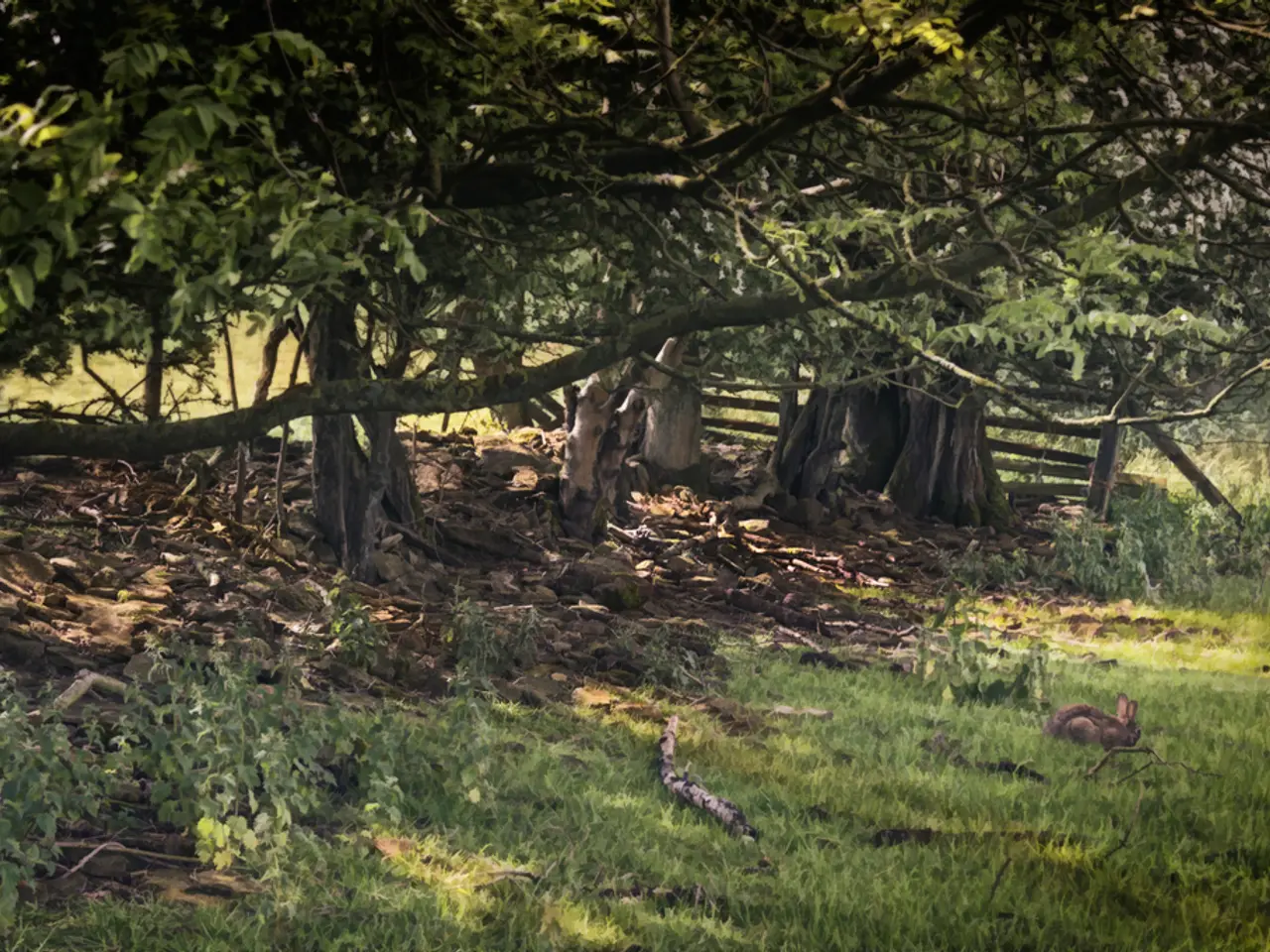Strategies for Winterizing Your Garden:
Winterizing your garden in Indiana can be a bit of a challenge, what with the unpredictable weather. But, it's time to prep our beds for the cold months ahead. It's always a bittersweet moment, whether we choose to prolong our growing season or get things neat and cozy for the winter.
Whatever the season, I'm incredibly grateful for a bountiful harvest that'll keep us fed until spring. I'll miss those sunny afternoons spent in the garden, weeding and harvesting. But nature needs a break, and soon enough, spring will bring new life to the soil.
We've got our garlic and some flower bulbs tucked away, ready to greet us as soon as the weather warms up. For now, the soil will be dormant, free of the vibrant colors that graced it in the warmer months.
10 Tips for a Winter-Ready Garden
Clean Out the Old
Fall is the perfect time to clear out the old and make room for the new. Remove all spent plants from the garden. They could be harboring diseases or pests that'll make next spring a nightmare. Once the plants are gone, add them to your compost pile or bury them in the soil if they're disease-free. If they're diseased, burn them in your autumn bonfire.
Pull Up Those Weeds
Not only do you need to get rid of the spent plants, but you've also got to dig out the weeds. This'll help keep the weed population under control next season. Resist the urge to throw them in the compost bin, as many invasive weeds can remain viable in your heap. Instead, burn them or create a weed pile far, far away.
If some areas are just too out of control to clean up, that's okay. Cover them with black plastic or thick cardboard to smother out the weeds until spring.
Tend to the Soil
Autumn is an ideal time to improve your soil by testing it, adding amendments, and tilling, if you choose to. This not only saves you time in the spring but also helps with drainage issues. Cover the bed with plastic if you add any soil amendments so they don't wash below the root zone before planting.
Mulch Up
Mulch is a gardener's best friend in the fall. It helps prevent soil erosion, keeps weeds at bay, adds nutrients, and maintains adequate moisture. Cover your garden beds with a layer of mulch, about 2–3 inches deep. You can choose hay, straw, leaf mulch, or grass clippings – just make sure they're from a clean source.
Mulch also aids root vegetables in their transition to colder weather, making the process a little gentler.
Plant Garlic
Now's the time to get your garlic in the ground! Plant individual cloves about 4 inches deep, 6 inches apart, and cover them with a good layer of mulch. Learn how to grow garlic in our guide.
Review Your Growing Season
Take out your garden journal and make notes on what worked and what didn't this season. This'll help you plan for a more successful harvest next year. Also, jot down your first and last frost dates to better plan your planting schedule.
Expand Your Garden
Winter is the perfect time to build new raised beds or prepare a new garden bed in a new spot. It'll save you time in the spring, and you can get the soil amended early enough to make an impact on your growing season. Plus, you might find soil on sale in the fall, making it a great time to stock up.
Maintenance Time
If tool maintenance fell by the wayside this season, now's the time to get everything sharp, cleaned, and oiled. Wash off all the dirt and debris, then use sandpaper or a wire brush to remove stubborn bits. Sharpen shovels, hoes, and pruners using a file and whetstone, and coat metal parts with oil to protect them from rust during storage.
Clean and Store Seed Trays and Pots
Any pots not in use, unused transplant pots, or seedling trays can be washed, disinfected, and stored until next spring. This helps prevent disease spread and keeps your garden healthy.
Take Care of Compost
Add some of your compost to the garden, then cover your compost bin or pile. This helps maintain a healthy compost pile through the winter.
Enjoy the Season
Everything's all set, so you can relax and enjoy the slower, shorter days. Reflect on the season, enjoy the fruits of your labor in your pantry and freezer, and look forward to spring.
If you're yearning to reconnect with your food, nature, and the heritage way of life, you're in the right place. Join our Facebook group, The Self Sufficient Life, with more than 40,000 like-minded folks. Click here to join us.
- To ensure a successful gardening season next year, take out your garden journal and make notes on what worked and what didn't this season, including first and last frost dates to better plan your planting schedule.
- Don't forget to enjoy the slower, shorter days. If you're yearning to reconnect with food, nature, and the heritage way of life, consider joining our Facebook group, The Self Sufficient Life, to connect with like-minded folks.







